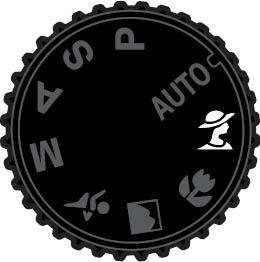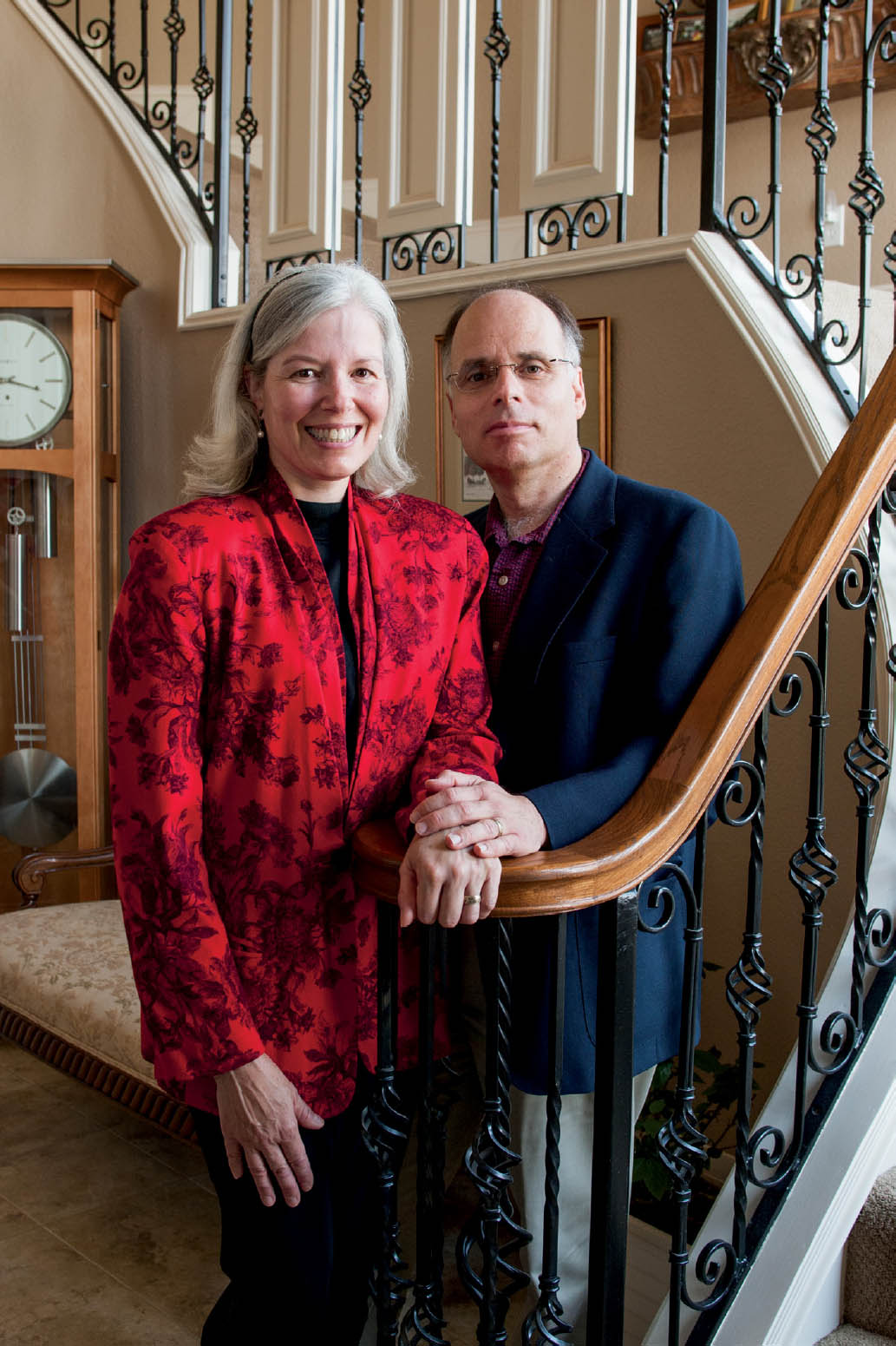5. THE AUTOMATIC PORTRAIT SETTING (AND WHY YOU SHOULD AVOID IT)
![]()
WELL, WE MIGHT as well get this out of the way.
I’m a control freak when it comes to the actual camera. There are a lot of things in photography for which we have to remain flexible—some of which we’ll highlight in this book. But the camera is one of the variables that I want complete control over (or as much as I can get). Unfortunately, the automatic portrait setting (Figure 5.1)—the little icon on the exposure mode dial of a DSLR camera that looks like a profile—does not allow for much control at all. I advise against using it.
Let’s back up a bit, though, and give the automatic portrait setting its due. For what it’s worth, the automatic portrait setting on any camera is actually programmed to set the user up as well as it can for making portraits. Much like its other automatic cousins on the exposure mode dial, it’s preset to provide a typical combination of ISO, shutter speed, and aperture (the functions of the camera that mechanically make up the exposure triangle) that’s fitting in both exposure and aesthetic for a specific type of photograph—in this case, a portrait.
The automatic portrait setting is geared to do two things: one, to ensure a proper exposure based on the level of light in a scene; and two, to ensure that the resulting image is made with settings generally used in portraiture. This means that the camera will automatically try to open the aperture as much as possible to achieve the smallest possible depth of field (Figure 5.2). We’ll discuss depth of field a little later, but suffice it to say, the automatic portrait setting sets you up to make images with your portrait subject in perfect focus and a background that is sufficiently out of focus. This is a visual characteristic of many portraits, and the automatic setting does its best to get us there. The automatic setting is a great place to start for those unfamiliar with making their own exposures manually or for those looking for some visual inspiration.
Why am I so against using the automatic setting if it has our best interest in mind? It all comes down to what the camera can’t do. It can’t think. It can’t be creative. It can only do what we tell it—nothing more, nothing less. When you choose to use the automatic portrait setting, you are relinquishing technical and aesthetic control to the camera and applying a generic preset to your photographic process. Although this may sound ideal at first, the more you become acquainted with your camera and its functions, the more you may feel that your creativity is constrained by the automatic settings. What if you didn’t want the background to be completely out of focus for your portrait? What if you needed a faster shutter speed to capture an action-oriented portrait? What if you wanted to intentionally underexpose a portrait to give it just the right mood?
5.1 The automatic portrait mode on most camera models is identified by an icon that looks like a person’s profile.
5.2 In automatic portrait mode, the camera set the aperture to f/5.6, set the white balance to automatic, adjusted the ISO automatically, and set the shutter speed. All in all, it did a great job at exposing the scene, but I prefer to be in more control of choosing my exposure preferences.
ISO 640; 1/40 sec.; f/5.6; 32mm


